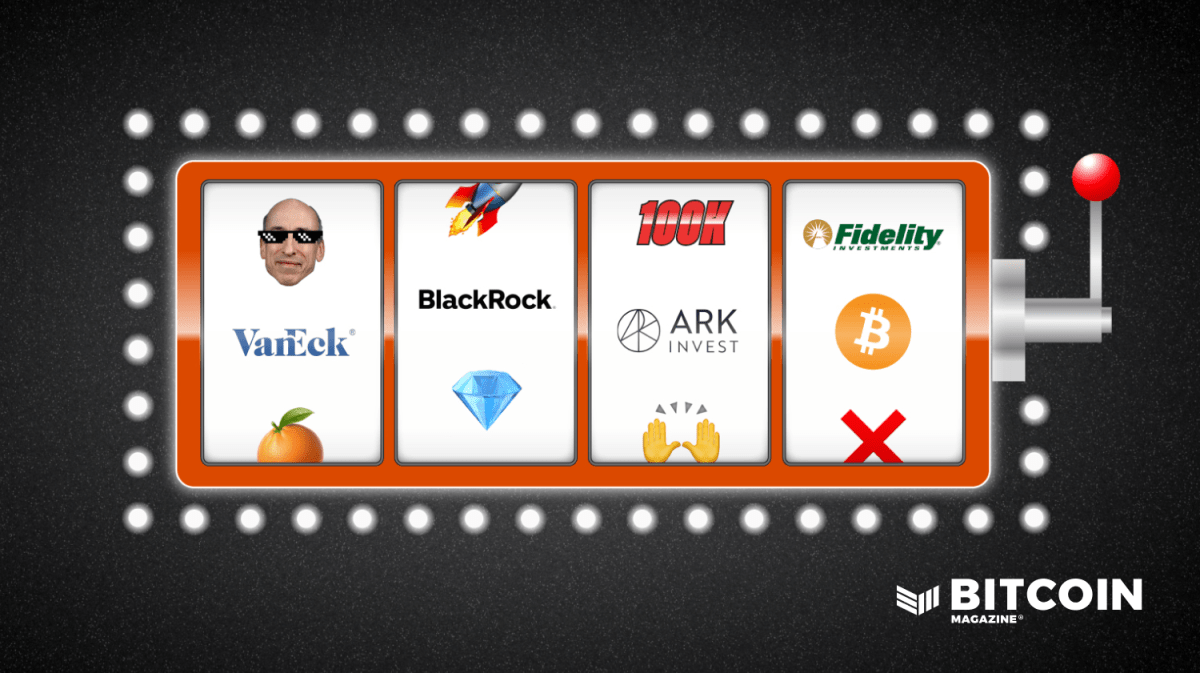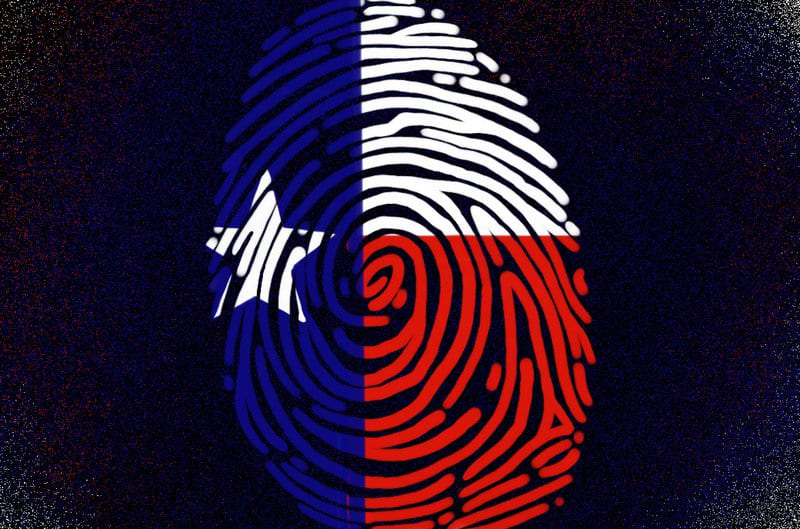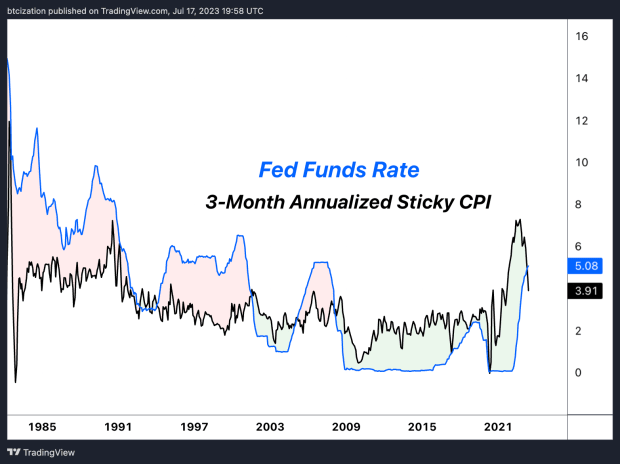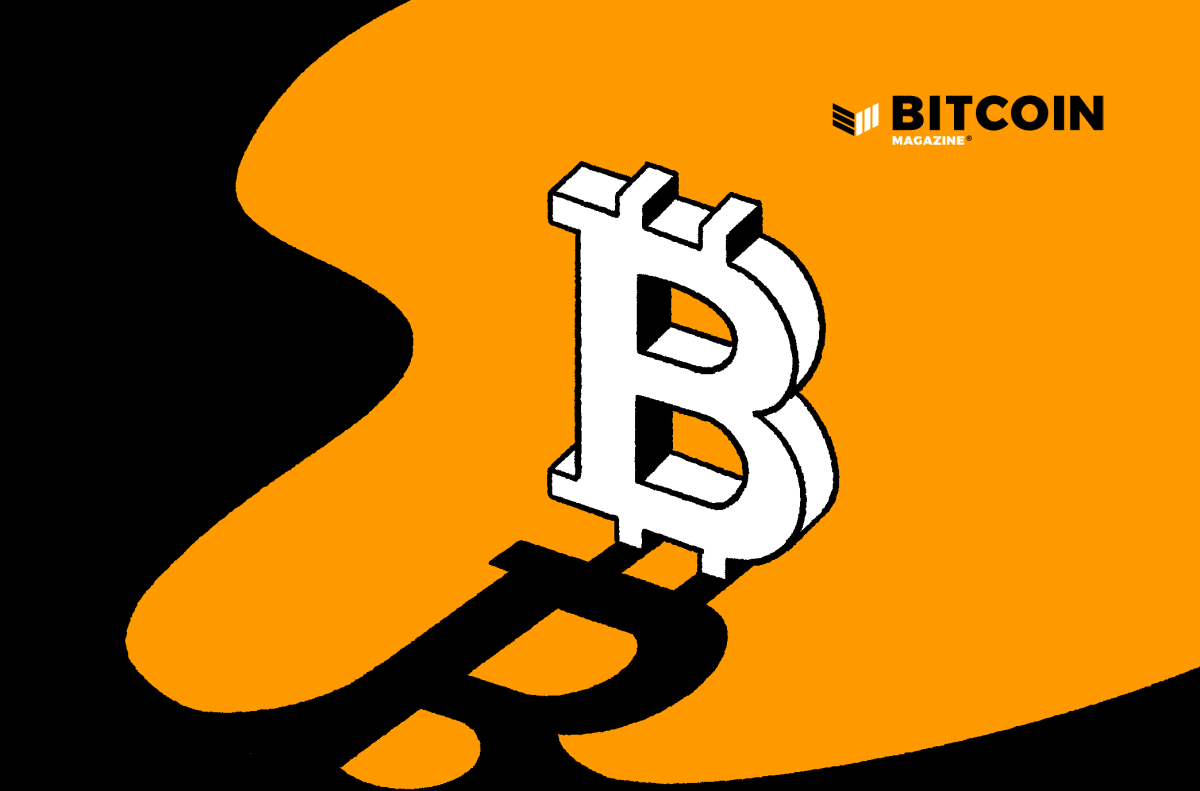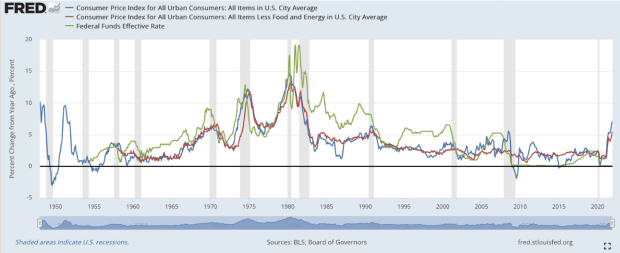How Bitcoin Ordinals Can Change The Future Of Mining
The sudden emergence of inscribed Bitcoin blocks has been met with criticism, but it offers a glimpse of how Bitcoin block space will evolve.
This is an opinion editorial by Zack Voell, a bitcoin mining and markets researcher.
A specter is haunting the Bitcoin blockchain: the specter of JPEGs.
By using data storage features of the Bitcoin network that were introduced by the Segregated Witness (SegWit) upgrade in 2017 and the Taproot upgrade in 2021, Bitcoin node operators are stuffing images, GIFs and other media files into Bitcoin blocks. In fact, one of these Bitcoin memes comprised the largest single block and largest transaction in Bitcoin history last week. This now-famous block and transaction were mined by Luxor Technologies amid the ongoing Bitcoin NFT mini-craze, which has centered around the NFT project Ordinals.
To say that inscribing memes on Bitcoin has divided the community is an understatement. But this practice has also resurfaced a conversation of growing importance: miner extractable value (MEV) on Bitcoin. Readers will remember an article from June 2022 on this topic by this author. Ordinals are Bitcoin data inscriptions that give miners a glimpse at what the future of Bitcoin MEV could be. This article revisits Bitcoin MEV in context of the latest controversy related to JPEG transactions.
Background On Bitcoin MEV
The Bitcoin network today is not a total MEV wasteland — but it is still very early.
“There’s more MEV on Bitcoin than Bitcoiners like to acknowledge,” Robert Miller, product lead at FlashBots, said on a live stream about MEV. “And there’s some MEV in Bitcoin that just isn’t really being exercised by miners right now,” he added.
For example, Lisa Neigut, a Lightning Network engineer at Blockstream, broadened the Bitcoin overton window on MEV with an article about Lightning Network MEV. Neigut theorizes about opportunities for searchers and miners from Lightning Network use, and she considers how searchers on Bitcoin may impact on-chain transactions for Lightning Network channels.
For now, most MEV conversations center around non-Bitcoin networks like Ethereum. But a robust decentralized finance ecosystem built on Bitcoin can quickly change that. A sustained on-chain craze of NFT-related activity could have the same effect. For example, one particularly well-known instance of NFT MEV (on Ethereum) occurred when a searcher paid $7 million to buy every Cryptopunk NFT at their floor prices.
Unpacking The Bitcoin NFT Craze
Bitcoin historians know that on-chain collectibles and art originated on Bitcoin. In December 2012, Meni Rosenfeld published “Overview Of Colored Coins,” which explained that “it is possible to color a set of coins to distinguish it from the rest.” And NFTs were born.
Casey Rodarmor kickstarted the modern era of Bitcoin NFTs with his ordinals.com inscriptions project. In a blog post explaining inscriptions, Rodarmor explained that, “Inscriptions are digital artifacts native to the Bitcoin blockchain… They do not require a separate token, a side chain, or changing Bitcoin.”
Images, audio, video, HTML, SVG, JS, CSS — anything can be an inscription transaction. Some node operators even inscribed seed phrases on the blockchain. (Listen to Rodarmor’s interview on the Galaxy Digital podcast for more information on his journey to launching Ordinals.)

Taproot — the highly anticipated Bitcoin upgrade that went live three days after Bitcoin notched its all-time price high of $69,000 — is largely credited with the on-going burst in on-chain NFT activity in Bitcoin. But components of the protocol’s SegWit upgrade several years earlier created the landscape for excess data to be stuffed into Bitcoin blocks. Speaking candidly, Eric Wall wrote on Twitter that the entire craze is “essentially possible by mistake.”
But several data points make it clear that this is a legitimate trend:
- Data shared by Arceris, a pseudonymous Bitcoin researcher, shows the first 435 “mistake” NFTs on Bitcoin paid 15.3 million sats in fees and used 18.7 million bytes of space, which equates to roughly 218 blocks.
- In a single weekend, moreover, inscriptions pushed the average per-vbyte fee from 1 satoshi to 15.
- On-chain data compiled by another pseudonymous crypto researcher, Dataalways, estimates over 2,000 ordinals have been “minted” on Bitcoin to date.
On a relative basis, spikes in fees largely come from the fact that no one is trying hard to compress the sizes of their inscriptions due to on-going low fees for Bitcoin transactions. But Rodarmor noted on Twitter that “rich formats, compression, and recursion / composition all mean that meaningful inscription content may wind up being very small indeed!”
Excitement and controversy over Ordinals surged after Luxor Technologies mined the largest block in Bitcoin’s history that contained the largest transaction in Bitcoin’s history: an Ordinal. In conjunction with long-time crypto investor and consultant Udi Wertheimer, Luxor included the 3.94 megabyte transaction 0301e0480b374b32851a9462db29dc19fe830a7f7d7a88b81612b9d42099c0ae in block 774,628, which weighed 3.99 million weight units. (The Bitcoin protocol limits block weights to 4 million weight units.)
What did Luxor inscribe? A modified version of the iconic magic internet money Bitcoin Wizard that was created around 2013 in Microsoft Paint. Luxor’s wizard, however, is evangelizing Taproot and “magic internet JPEGs” on Bitcoin. In a blog post about Bitcoin NFTs and mining, Luxor’s head of research Colin Harper said, “Ordinal NFTs are not going away. It’s just a matter of how much of an impact they make.”
Criticism Of Bitcoin Ordinals
For every person who thinks the Ordinals project is exciting and entertaining, at least one Bitcoin enthusiast is staunchly opposed to the idea. A multitude of leading voices from the Twitter-based Bitcoin community have pulled no punches expressing their view of stuffing JPEGs into Bitcoin blocks.
For example, a notorious Bitcoin polemicist who uses the pseudonym Mr. Hodl expressed his disapproval of Ordinals by saying, “I’d censor the shit out of anyone that clogged up the chain.” Blockstream CEO Adam Back also reminded his followers in a now-deleted tweet that these Bitcoin-embedded NFTs are “fair game for miners to censor the crap as a form of discouragement.” Bitcoin Twitter personality Pierre Rochard joined the melee by suggesting with apparent snark that node operators who inscribed an NFT on Bitcoin should “apologize to your node and don’t do it again.” Jimmy Song, former partner at crypto fund Blockchain Capital and a former advisor at now-shuttered crypto exchange LVL, simply tweeted, “Luxor will be punished by the market.”
Alex de Vries, a long-time Bitcoin cynic and purported environmentalist, joined these pro-Bitcoin personalities in their harsh criticism of Ordinals. Taking to LinkedIn, de Vries claimed that the “carbon footprint” of the famous block mined by Luxor was “equivalent to the per passenger carbon footprint of taking a flight from New York to Tokyo and back 446 times.” (It should be noted that de Vries is not known for his intellectual rigor.)
On a slightly more technical level, Luke Dashjr, creator of the Bitcoin Knots client and an outspoken Ordinal critic, wrote on Twitter that Ordinals are only possible because Bitcoin users are “lying” and “tricking the code.” Bob McElrath, a long-time Bitcoin consultant and blockchain developer, also suggested that inscriptions compromise Bitcoin’s censorship-resistant qualities when he slammed Luxor for “using [Bitcoin] as a bathroom wall.” As broader excitement around Ordinals grew, Rochard also expressed his desire to change to Bitcoin consensus by altering validation rules such that inscriptions would no longer be possible.
Pseudonymous Bitcoin Core contributor 1440000bytes summarized criticism of Ordinals by tweeting, “It seems some bitcoiners just discovered that bitcoin can also be used by people they don’t like.”
The Future Of Bitcoin MEV
Okay, so, how do polarizing NFTs from a Taproot “accident” affect MEV? Great question, astute reader.
Size and types of revenue for miners of any blockchain grow as demand for block space increases and the number of applications with real users increases. For now, Bitcoin block space is demanded by users who spend UTXOs. But Ordinals gives a glimpse of a future where other Bitcoin users introduce creative reasons to demand the same space, which forces these competing users to meet in the fee market for the limited space inside of a block.
Ordinals critics have seemingly, unintentionally highlighted this benefit to miners. Inscribers “would need to bribe the shit out of me to mine those (transactions),” said Mr Hodl in a tweet. These “bribes” (commonly called “transaction fees”) could be paid in different ways. Of course, an inscriber could attach an elevated fee to their transaction thus incentivizing a miner to include it in a block. Or an out-of-band payment — fees paid outside of the network’s typical process for collecting fees — could be coordinated between a transactor and a block builder.
Rochard, who indirectly dismissed Ordinals as an immoral waste of resources, later said Ordinal creators should “pay up or shut up.” And they are — paying, at least. Since Ordinals appeared on the Bitcoin scene, inscribers are already paying handsomely for their data to be fit into new blocks. For example, one Bitcoin user paid $200 to inscribe a GIF of the nyan cat. And as other Ordinal NFT projects launch on Bitcoin, the extractable value for miners from this on-chain activity will certainly increase.
Bitcoin Doesn’t Care
Bitcoin Ordinals spawned a wave of creativity and controversy that could persist indefinitely. These digital collectibles mark “the latest fault line in the re-envisioning of what the Bitcoin philosophy can and should be,” said CoinDesk TV host Zack Seward. Plenty of Bitcoin users hate Ordinals — lots more enjoy them. Ultimately, Bitcoin doesn’t care. But in the depths of a turbulent bear market, an objectively-intriguing alternative use for Bitcoin block space, the creativity surrounding this use case, and the opportunities for miner extractable value this craze hints at should not be ignored. Everyone does not need to be an inscriber, but they should pay attention.
This is a guest post by Zack Voell. Opinions expressed are entirely their own and do not necessarily reflect those of BTC Inc or Bitcoin Magazine.



